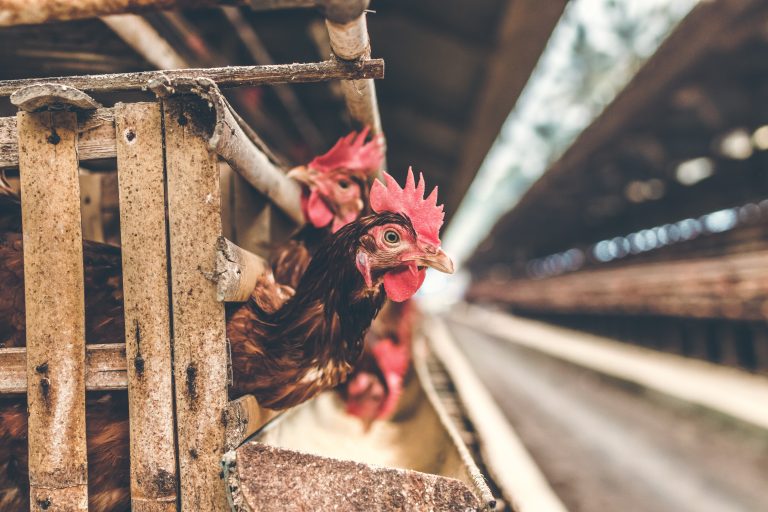Could Fast Fashion Lose Its Allure?

Has your wardrobe been a little more casual this past year? The world is beginning to reopen following more than a year of stay-at-home orders, closed borders, and closures. Many people are looking forward to ditching the comfy attire they adopted during the height of the pandemic in favor of clothes that are more fashionable, although perhaps equally comfortable. For some, this means new clothes and more specifically, fast fashion. Fast fashion refers to the inexpensively produced trendy attire that is available to consumers across the globe at relatively low prices in retail outlets like Old Navy, H&M, Zara, and Urban Outfitters. The ready availability of fast fashion has changed the way people shop for clothes. Just 15 years ago Chinese shoppers bought fewer than 15 items of new apparel each year. Fast forward to today, and those same consumers now purchase around 50 new pieces of clothing every year. Thanks to globalization and its influence on fashion trends, this shift in consumer behavior can be seem among consumers around the world.
Most consumers like fast fashion because of the flexibility it offers. People can adopt different styles quickly and cheaply. Indeed, retailer Zara adds new products to its shelves every two weeks to capitalize on demand from buyers for new options. From an economic perspective, fast fashion means growth and jobs. Economic growth is generated from spillover effects at the shopping mall as people stop for coffee or a meal along the way. Economic growth is created in low wage countries like Vietnam and Bangladesh where people producing the clothes spend their wages on home furnishings and their own fast fashion. Economic growth is generated as the clothing is transported from production locations to the end consumer, a process that involves many other parts of the supply chain including shipping, packaging, and advertising. Indeed, fast fashion has a sizeable positive impact on the global economy.
That sizeable positive impact, however, also has a downside. Exporting clothing from Vietnam or Bangladesh to North America or Europe involves cargo ships, trucks, trains, and long-haul flights, all of which come with a large carbon footprint. Producing fast fashion uses water and chemicals, again resulting in damage to the environment. The entire concept of fast fashion means that much of the clothing that is cheaply acquired is also quickly discarded in favor of new designs and styles. Disposing of the outdated clothing also means damage to the environment. Yet, many shoppers are unaware of the environmental impact of their actions when it comes to fashion. About half of the clothing that is produced each year is thrown away, suggesting that it provides only very short-term satisfaction to buyers. Moreover, prior to the slowdown in purchasing related to the pandemic, fast fashion sales were rising steadily year on year, meaning that the quantity of discarded items is likely rising in lockstep. While some retailers like H&M now offer in-store recycling, it is unclear what, if any real impact efforts like these will have in curbing the sizeable negative implications of the industry on the environment, leaving one to wonder whether the short-term satisfaction of that new shirt is worth the long-term damage it may cause.
Discussion/Questions:
- Is it time to stop buying fast fashion? Discuss the trade-offs. Fast fashion creates jobs and economic growth, but it also creates damage to the environment. Could it become fashionable to spurn fast fashion?
- Some retailers including H&M offer in-store recycling. In your opinion, do efforts like these ultimately increase the downsides of fast fashion by encouraging consumers to buy more or do they limit the damage associated with the industry?
- Fast fashion’s focus on price implies that companies will try to produce their products in developing countries where wage rates are low. How does the industry contribute to economic development in countries like Bangladesh and Vietnam? What benefits does the fast fashion industry bring? Do you see any downsides? Explain.
Sources: https://www.wsj.com/articles/the-hidden-cost-of-cheap-fashion-could-catch-up-to-investors-zara-old-navy-11621556298. Photo by Alex Bierwagen on Unsplash.













